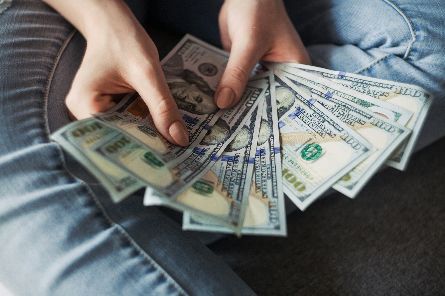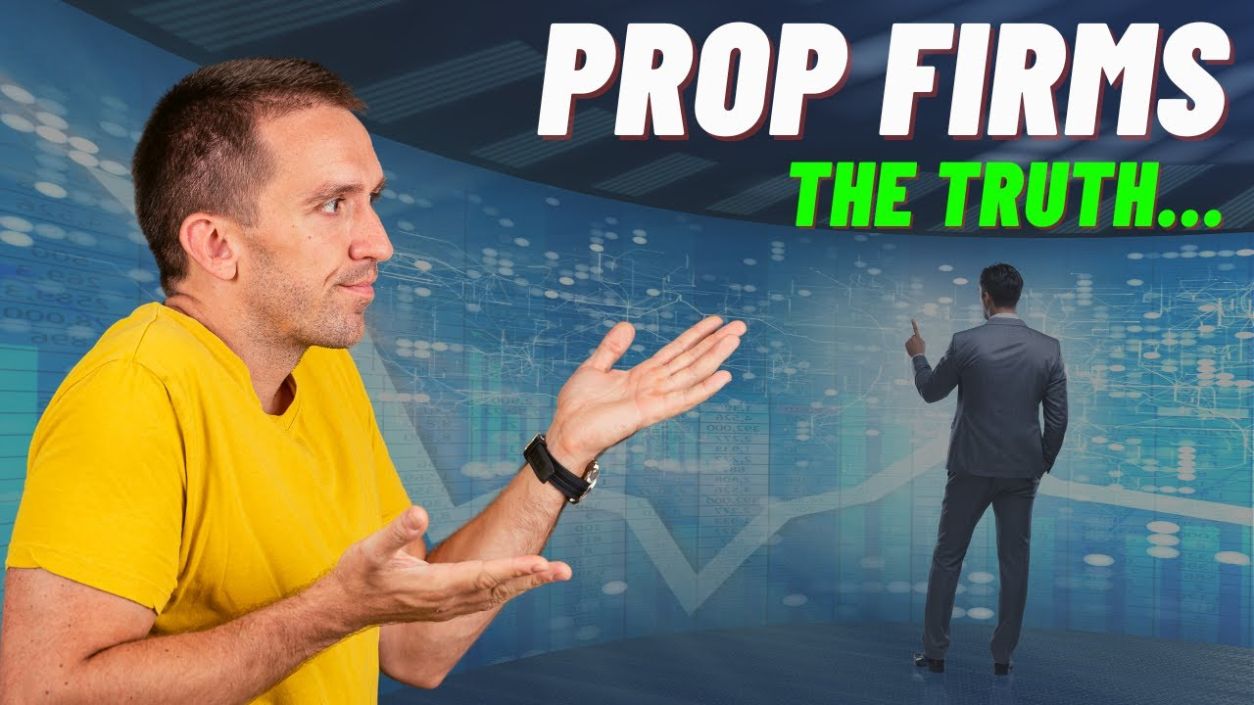
money mastery since 2020.
BBCapitalz uses a money management plan that utilizes the concept of capital partitioning. Capital partitioning with the use of leverage and compound interest.
This money management model helps both the Over-capitalized and Under-capitalized individual. You as a Investor/Copy-trader have to know whether you are Over-capitalized or Under-capitalized.
note
Lets take for example : An investor has $100,000 he or she wants to trade.
The typical and naive move will be to deposit 100% of the capital and not take into consideration leverage.
This comes with a lot of unnecessary risks like :
1. Internal risks : which in essence just means mistakes that can be made by the trader which includes but isn't limited to:
- Over-leveraging
- Inadvertently executing a buy order instead of the intended sell order and vice-versa.
- Unintentionally inputting inaccurate parameters or figures when placing orders or determining lot sizes.
2. External risks : which just simply means things that can happen that are out of your control which includes but isn't limited to :
- Brokerage firms experience business failures or cease operations.- Brokerage firm gets liquidated.
- The brokerage firm is facing regulatory sanctions and has been ordered to pay monetary fines, resulting in the suspension of all withdrawal and deposit activities.
- Market volatility, including periods of significant market declines or crashes.
But the smarter investor will use our money management model where he will only have to deposit a particular portion of his/her capital and the remainder of the capital will be kept safe.
For the OVER-CAPITALIZED investor
The goal of an over-capitalized investor is to minimize risk. For this reason, this investor will only need to deposit a particular portion of his/her capital and the remainder of the capital will be used as he/she sees fit.
For example,
For a 10% Threshold,
#. If this individual wants to invest $100,000, then the investor will just have to deposit $10,000 into his/her trading account, which is just 10%.
#. If this individual wants to invest $50,000, then the investor will just have to deposit $5,000 into the trading account, which is just 10%.
#. If this individual wants to invest $20,000, then the investor will have to deposit just $2,000 into the trading account, which is just 10%.
For example,
For a 10% Threshold,
#. If this individual wants to invest $100,000, then the investor will just have to deposit $10,000 into his/her trading account, which is just 10%.
#. If this individual wants to invest $50,000, then the investor will just have to deposit $5,000 into the trading account, which is just 10%.
#. If this individual wants to invest $20,000, then the investor will have to deposit just $2,000 into the trading account, which is just 10%.
For the under-capitalized investor
The goal of an under-capitalized investor is to maximize return.This investor will only need to deposit the amount he/she has and it will be treated it as 10% of the AUM(Asset Under Management).
For Example,
For a 10% Threshold
#. If the investor has only $1,000 to invest and is also willing to risk the entire amount, then the actual AUM he/she will trade that $1,000 as, will be $10,000, because 10% of $10,000 is the trader's $1,000.
#. If the investor has only $3,000 to invest and is also willing to risk the entire amount, then the actual AUM he/she will trade that $3,000 as, will be $30,000, because 10% of $30,000 is the trader's $3,000.
#. If the investor has only $5,000 to invest and is also willing to risk the entire amount, then the actual AUM he/she will trade that $5,000 as, will be $50,000, because 10% of $50,000 is the trader's $5,000.
#. If the investor has only $3,000 to invest and is also willing to risk the entire amount, then the actual AUM he/she will trade that $3,000 as, will be $30,000, because 10% of $30,000 is the trader's $3,000.
#. If the investor has only $5,000 to invest and is also willing to risk the entire amount, then the actual AUM he/she will trade that $5,000 as, will be $50,000, because 10% of $50,000 is the trader's $5,000.
LET'S LOOK AT
THE PROP FIRM MODEL

IN FACT,
The prop space is mainly known for helping traders access more capital. BUT THE TRUTH IS THAT THIS IS THE MODEL THEY USE.
You are to pay a small fee to prove that you can handle a particular funded account and if you successfully pass the evaluation, then you are to trade a live account.
But the rules for this model is that your aren't to lose 10% of your whole capital.
Meaning in actuality you do not have access to the full trading capital but only 10%.
Meaning, you are to trade 10% like a 100% without blowing a 10%.
Making sure that the prop trading company's exposure is just 10%…. i.e they have a threshold of 10%.
Exactly
The prop space is mainly known for helping traders access more capital. BUT THE TRUTH IS THAT THIS IS THE MODEL THEY USE.
You are to pay a small fee to prove that you can handle a particular funded account and if you successfully pass the evaluation, then you are to trade a live account.
But the rules for this model is that your aren't to lose 10% of your whole capital.
Meaning in actuality you do not have access to the full trading capital but only 10%.
Meaning, you are to trade 10% like a 100% without blowing a 10%.
Making sure that the prop trading company's exposure is just 10%…. i.e they have a threshold of 10%.
FORMULA FOR THE MONEY MANAGEMENT PLAN
A = AUM (The total amount the trading capital is to be traded as)
C= Trading Capital ( The amount needed to be deposited into a trading account which is only used to facilitate trading, nothing more.)
T= Threshold / Risk Tolerance Percentage (we as a company use only 10%)
A=C/T
Using the Formula for an Over-Capitalized Investor
#. If the initial amount this investor has is $100,000, then the trader will have to calculate his trading capital using a 10% threshold.
So,
A= 100,000, C= ?, T=10%
Using the formula A=C/T
100,000 = C / 10%
C = 100,000 × 10% = 10,000
Therefore, the trading capital to be deposited into the trading account should be $10,000
Using the Formula for an Under-Capitalized Investor
#. If an investor has only $3,000 to invest and is also willing to risk the entire amount, then the trader will have to calculate his AUM using a 10% threshold.
So,
A= ?, C= 3,000, T=10%
Using the formula A=C/T
A = 3,000 / 10%
A = 30,000
Therefore, the AUM that the $3,000 dollars will be traded as is $30,000.
Trading CFDs involves inherent risks that should be carefully considered. CFDs are complex financial instruments and come with the potential for significant losses. The high leverage offered in CFDs trading can amplify both profits and losses. Investors should be aware that they may lose more than their initial investment. It is crucial to have a solid understanding of the underlying assets, market conditions, and risk management strategies before engaging in CFDs trading. Past performance is not indicative of future results. It is recommended to seek professional advice and only trade with funds that one can afford to lose.
© 2024 All rights reserved.
 .
.